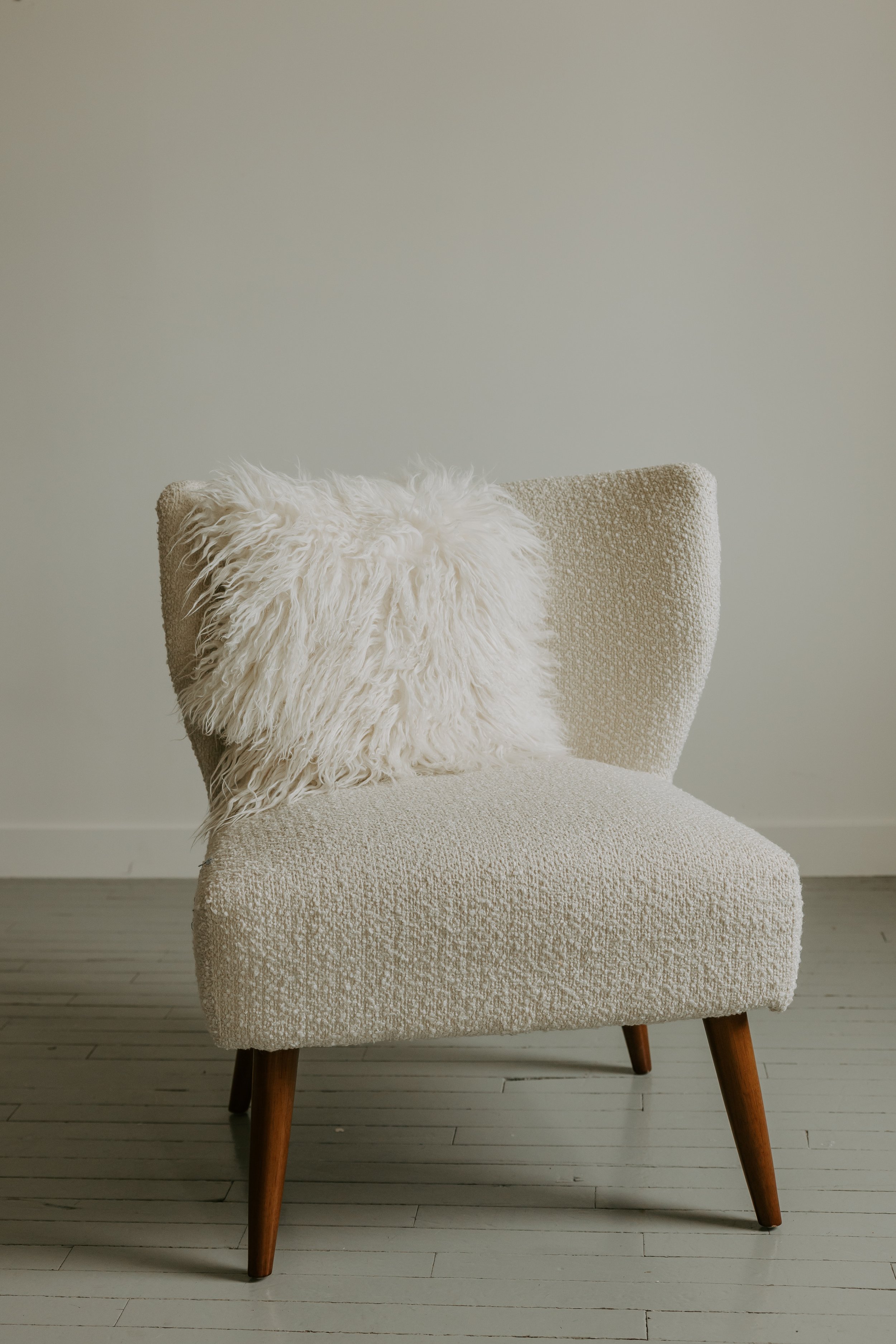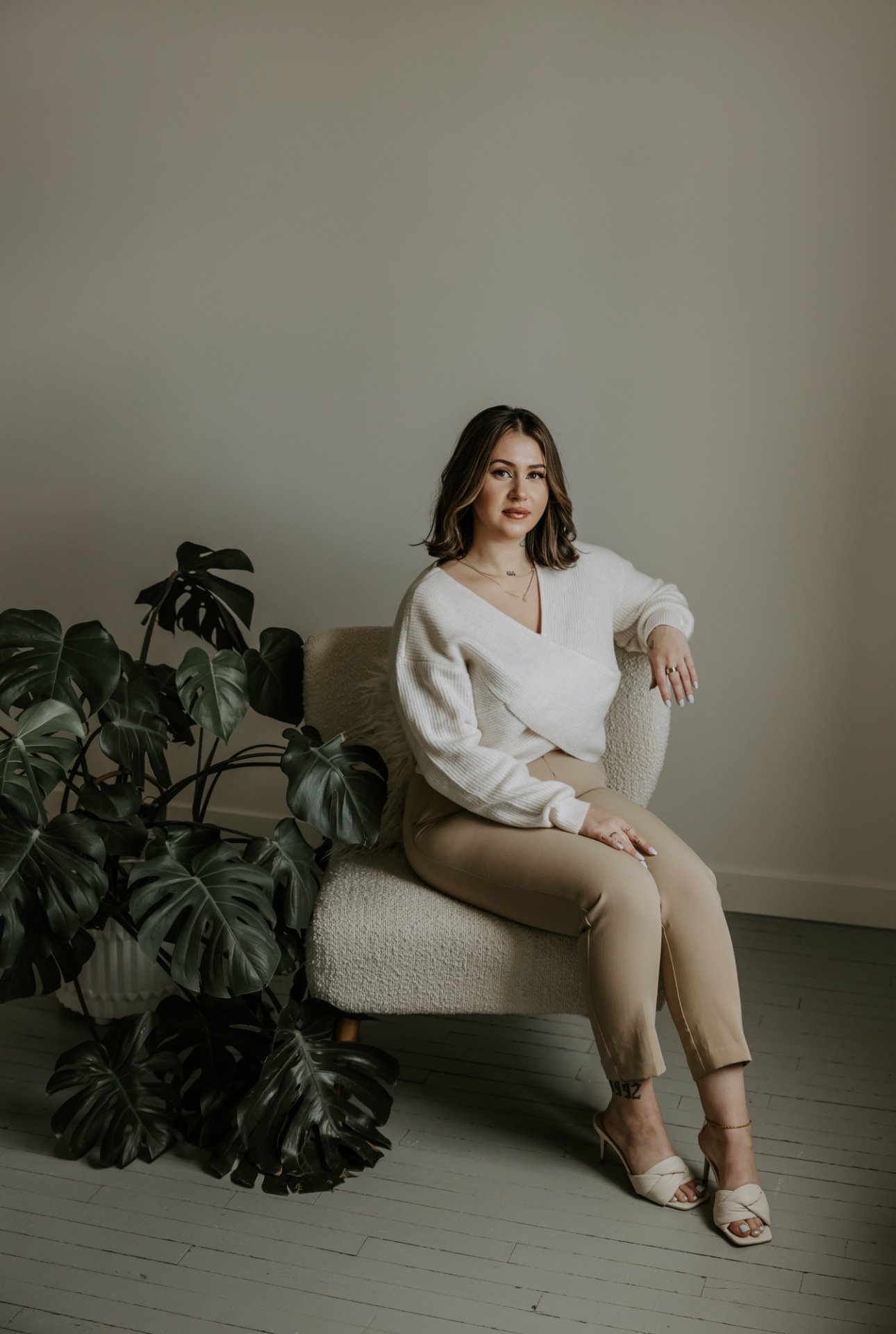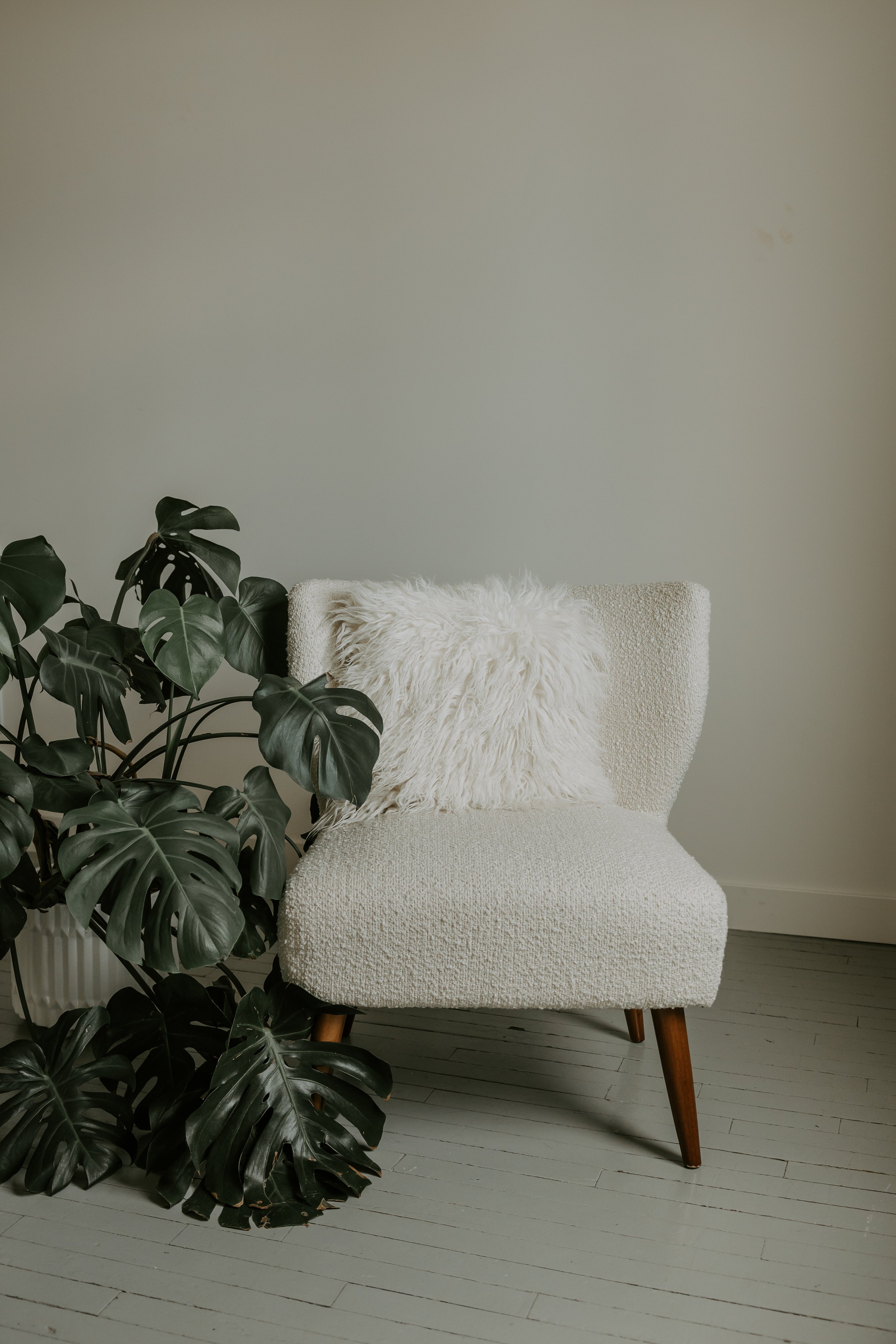First Time Home Buyers Guide
Your Expedition to Real Estate Success
Pathway to Homeownership
Navigating the Mortgage Milestones
1 : Interview
Find the right Real Estate Agent for you.
2 : Pre-Approval
Meet with a lender and get a pre-approval letter.
3 : Search
Begin your online home search.
6 : Mortgage
Now is the time to get your mortgage final approval.
9 : Closing
Hooray! Time to get your keys and celebrate buying your home.
5 : Offer
After finding the right home, we will put in a strong offer and negotiate the terms of the contract.
8 : Last Steps
Receive clear to close from lender and be sure you are happy with inspections before closing, this is also the time to obtain homeowners insurance.
4 : Showings
We will set up showings and view homes you are interested in.
7 : Inspections
Schedule Inspections to find any hidden deficiencies.


Down Payment Resources
The amount of down payment you are required to have depends on how much your home costs. For any home under $500,000, 5% is your minimum downpayment. For instance, purchasing a home for $500,000 would require a down payment of $25,000.
Things change for home prices above $500,000. You still need 5% on the first $500,000 ($25,000), but then you’ll need 10 percent on anything over and above. So, to purchase a home for $900,000, you’ll need $25,000 for that first $500,000 and then $40,000 for the remaining $400,000 for a total downpayment of $65,000. If you are dreaming bigger and want a home priced at $1,000,000 or more, then you’ll need 20% down ($200,000). Additionally, if you are purchasing a home for over $1.5M or more, some institutions may require an additional down payment, so it’s important to talk to your mortgage broker before making any offers.
RRSP Withdrawal
The Federal Home Buyers Program (HBP) allows first-time homebuyers to access up to $35,000 ($70,00 for couples) tax-free from their RRSPs if the funds have been inside the registered account at least 90 days. It’s a great way to get a jumpstart on homeownership! And great news – the HBP can be used in conjunction with the FHSA!
If you have contribution room in your RRSP, there’s an opportunity to potentially increase the available funds for your downpayment. Simply deposit your savings into your retirement account before the March 1st deadline and then, come tax return time, you’ll have your tax refund to further bolster your downpayment or help with closing costs. Don’t forget that those deposits can be withdrawn but only after being in the account for 90 days. You’ll eventually need to pay it back over the following 15 years or it will be treated as income and taxed on your tax return.
Tax-Free First Home Savings Account (FHSA)
The FHSA allows qualified first-time homebuyers to contribute $8,000 per year for 5 years into a savings account tax-free for a total of $40,000 or $80,000 for a couple. Like an RRSP, contributions are tax-deductible and, like a TFSA, all withdrawals which include investment income are non-taxable. There is no requirement to repay as there is with the RRSP Home Buyer’s Plan (HBP).
Your unused contribution amounts can be carried forward to the next year. This means that if you only contribute $4,000, you can carry forward the other $4,000 to the next year and contribute $12,000. You can only catch up in any given year by $8,000. Contribution room starts when you open your plan.
If you don’t use the funds for a home purchase, you have the option of making a taxable withdrawal or transferring tax-free to your RRSP or RRIF, so you are never locked out from accessing these funds. The account can only be open for 15 years and/or must be closed by the end of the year you reach 71 years of
Gifted Down Payment
Owning your dream home can be more accessible with the help of family members! A parent or a direct family member can gift you money for all or part of the downpayment needed to purchase your home. Your lender will require a signed ‘gift letter’ confirming these funds are truly a gift and there’s no need for repayment at any point in time.
Grants & Benefits
First-Time Home Buyer Incentive Program
This shared equity program with the federal government helps first-time buyers get into the market by providing 5 percent of the cost of an existing home, or 10 percent of the purchase price of a new home. The Incentive must be paid in full after 25 years, or whenever you sell the home. You can voluntarily prepay the full amount at any time.
Saskatchewan Metis Grant
The First Time Home Buyer Incentive is designed to help Métis citizens overcome the challenge of saving sufficient funds that financial institutions require for a down payment to buy a home that will be their principal residence. A maximum of $15,000 will be granted towards the cost of down payment and $2,500 towards legal fees.
First Time Homebuyer’s Tax Credit
Remember this at tax time! First-time buyers can claim a portion of their home purchase on their personal tax return for the year of purchase. This $10,000 tax credit can give first-time buyers up to $1,500 in federal tax relief, which can help with all kinds of first-home expenses.
Saskatchewan Secondary Suite Incentive Grant Program
The Saskatchewan Secondary Suite Incentive (SSI) grant program is designed to increase the availability of rental units in our communities, improve housing affordability, and generate supplementary income for homeowners. The grant program will provide 35% of the total price to construct a new secondary suite at an owner’s primary residence, to a maximum of $35,000 for a qualifying suite.
What is Mortgage Default Insurance?
When making a downpayment of between 5% and 20%, it’s essential to be aware of the “associated mortgage default insurance requirement”. This insurance is there to protect the lender against any potential financial loss if you default on your mortgage. The premium typically gets rolled right into your total mortgage amount, which will increase your mortgage payment.
If your mortgage is $500,000 and you have 5% down, your premium of $20,000 will take your total mortgage to $520,000. A $900,000 mortgage with a 5% down results in a premium of $36,000, which brings your total mortgage to $936,000.
By having a downpayment of 20% or more of the purchase price for your house, you can avoid paying this premium. It’s not required with a higher down payment because if something unexpected happens down the road, you have plenty of equity that can act as a buffer. Most first-time buyers though start with a 5% down payment unless they get help from a family member.
All “insured” mortgages, which means you have mortgage default insurance, must have a 25-year amortization. Thirty-year amortizations are available for “uninsured” mortgages which can help you qualify for more or reduce your payments.
Mortgage Decisions
-
Fixed-rate mortgages offer homeowners the security that comes with knowing your mortgage rate and payment will remain unchanged. There is no need to worry about interest rate changes during the term of the mortgage - simply “set it and forget it.” Variable-rate mortgages are often discussed by brokers due to their flexibility and the ability to help mitigate penalties. With a variable-rate mortgage, you can benefit from lower rates if your lender’s prime lending rate decreases, making it a great option for those comfortable with taking on more risk or uncertain about how long they plan to hold the property. However, it’s important to align the term of the mortgage with your future plans, and locking into a fixed interest rate can provide peace of mind and reduce the stress of market fluctuations. Ultimately, the best mortgage option depends on your unique needs and preferences.
-
You should also think about the cost to get out of your mortgage early if you want to sell or refinance. Your life circumstances can change and you may need to break your mortgage i.e. job transfer, illness, or divorce. The penalty to break a variable mortgage is less expensive than a fixed-rate mortgage, but that doesn’t mean you shouldn’t take a fixed rate, it just means that you should be aware of the potential fees and penalties that come with your mortgage and consider what your future may hold. If you think you may move before the term of your mortgage is up, you should look at having the ability to port your mortgage to the new property. This is a way to avoid paying the penalty to break your mortgage, but not all lenders allow for it. Some ports have quirks and nuances that may make it challenging to navigate when trying to buy a new home.
-
You can make your payments monthly, bi-weekly, or weekly. If you want to pay off your mortgage faster and save thousands in interest, consider an accelerated payment option – accelerated weekly and accelerated bi-weekly. This type of payment has you making roughly one extra payment a year and is a good option without putting too much pressure on your budget. In addition to accelerated payments, another way to become mortgage free sooner is to use the prepayment options available to you i.e. how much of a lump sum payment can you make and increase your payments by each year. This will be outlined in your mortgage contract but it is an important mortgage feature and may affect which mortgage you select.
-
Some buyers prefer to add the costs of initial renovations into their mortgage, instead of racking up credit card bills or selling investments to pay for those renovations known as a “purchase plus improvements” mortgage, this type of mortgage covers the sale price of the home plus any renovations that would increase the value of the property, up to a certain dollar amount.
When adding improvements to your mortgage you will need to gather your quotes within your “condition removal deadline” and your down payment will be based on the total improved value. Funds are held back at the law office until the job is 100% completed and normally a appraisal is required which is an additional cost to the borrower.
-
By putting 20% or more down on your mortgage, you can access the flexible 30-year amortization to make your payments smaller and free up cash flow. Whether investing in a business venture, funding higher education expenses or preparing for maternity leave costs - whatever life throws at you - this option can give you room to breathe or help you build wealth.

It’s not all about
the rate!
-
Insured Rates
are the lowest because these mortgages are protected by mortgage default insurance, which reduces risk and cost for the lender. This insurance protects the lender should you default on your payments. If you default, the lender is paid by the insurer. Rates are lower thanks to this reduced lender risk and because you pay for the insurance.
-
Insurable Mortgages
means the lender pays for the insurance if the mortgage qualifies to be insured. Since the lender pays, there will be a slight rate premium compared with Insured Mortgages unless the mortgage is under 65% LTV.
-
Uninsured Mortgages
typically have the highest rates and apply if you put 20% down. Yes, it does seem counterintuitive that those with less down payment get a lower rate but remember you pay for the default insurance that protects the lender if you get an insured mortgage. Without that protection, the lender will charge more..
-
Online Rates
Low online rates are designed to lure people in, but often rate shoppers find they don’t even qualify for the advertised rate. The lowest rates may also come with restrictions that could cost you more in the long run. Do your research but before taking any action, reach out for advice so that you make the most informed decision possible and get a mortgage that works best with your situation now and in the future.
Purchase + Improvements
The Purchase Plus Improvements program is a tailored mortgage solution designed to help homebuyers not only purchase a property but also finance the cost of renovations upfront, making it easier to turn a house into their dream home from the start.
One of the unique features of this program is that the down payment is calculated based on the "improved value" of the home—meaning the property's value after the planned renovations are completed.
This can potentially lower the initial cash required for the purchase. However, it's important for applicants to understand that no funds for improvements are released until the renovation work is fully completed to ensure the enhancements are made as specified.
Why use a Mortgage Broker
With ever-changing rates and products in the Canadian mortgage marketplace, navigating it alone can be overwhelming. That’s why partnering with an experienced Mortgage Broker is key! There are so many advantages!

-
Multiple Lender Options
You’ll have access to over 50 lenders, including major Banks, credit unions, and national, regional, and private lenders. With such an abundance of options, you’re guaranteed to find the perfect deal for your unique situation.
-
Great Rates
With TMG’s industry influence, we can offer you great rates and exclusive short-term specials.
-
Top Service
Our mission is to make your home-buying journey as smooth and stress-free as possible, with a mortgage experience that’s both efficient and comfortable. You’ll also receive ongoing support after your mortgage closes along with moneysaving tips and strategies to help you build long term wealth.
-
Expert Advice
Getting expert guidance could save you thousands of dollars. You’ll benefit from advice on credit improvement strategies, which mortgage features are best for your situation, how to become debt free sooner than planned … and much more! We’re always up to date on the mortgage marketplace – new products, trends, and government regulations – so we can keep you as informed as possible.
-
Convenience
Finding the right mortgage can be a time consuming process, but we do all of the hard work of shopping the mortgage marketplace for you. We also do our absolute best to ensure that all aspects of finalizing your mortgage are managed around your schedule.
-
Diverse Solutions
Struggling to get a mortgage? You are not alone. We have diverse solutions for homebuyers of all backgrounds and circumstances. Whether you’re self-employed, new to Canada, or denied by the Bank - our wide range of options can help make homeownership possible.
FAQs
Do I qualify for the 5% down payment program?
The home must be located in Canada and is to be occupied as your principal residence.
You have from your own resources a down payment of at least 5% of the purchase price of the home.
Your mortgage payment must not exceed 32% of your gross household income. This includes payment of principal + interest + property taxes + heat + condo fees (if applicable).
You must be able to cover closing costs equivalent to at least 1.5% of the purchase price.
You meet the lender’s eligibility requirements regarding income, employment and creditworthiness
What should I expect for closing costs?
Closing costs are approximately 1.5% of the Purchase Price. The following are approximate costs:
Appraisal Fee: $200.00
CMHC FEE (if applicable): $165.00
Survey Certificate (if applicable): $250.00
Home Inspection $250.00
Legal Fees (approx): $750.00
Tax Adjustment (if applicable)
Interest Adjustment (if applicable)
Property Transfer Tax (if applicable)
How do I apply?
It is so easy, you can simply click the “apply now” button at the top of the page! Once the application is received, you will be set-up on a secured portal called Hurricane which is where all documentation is collected.












